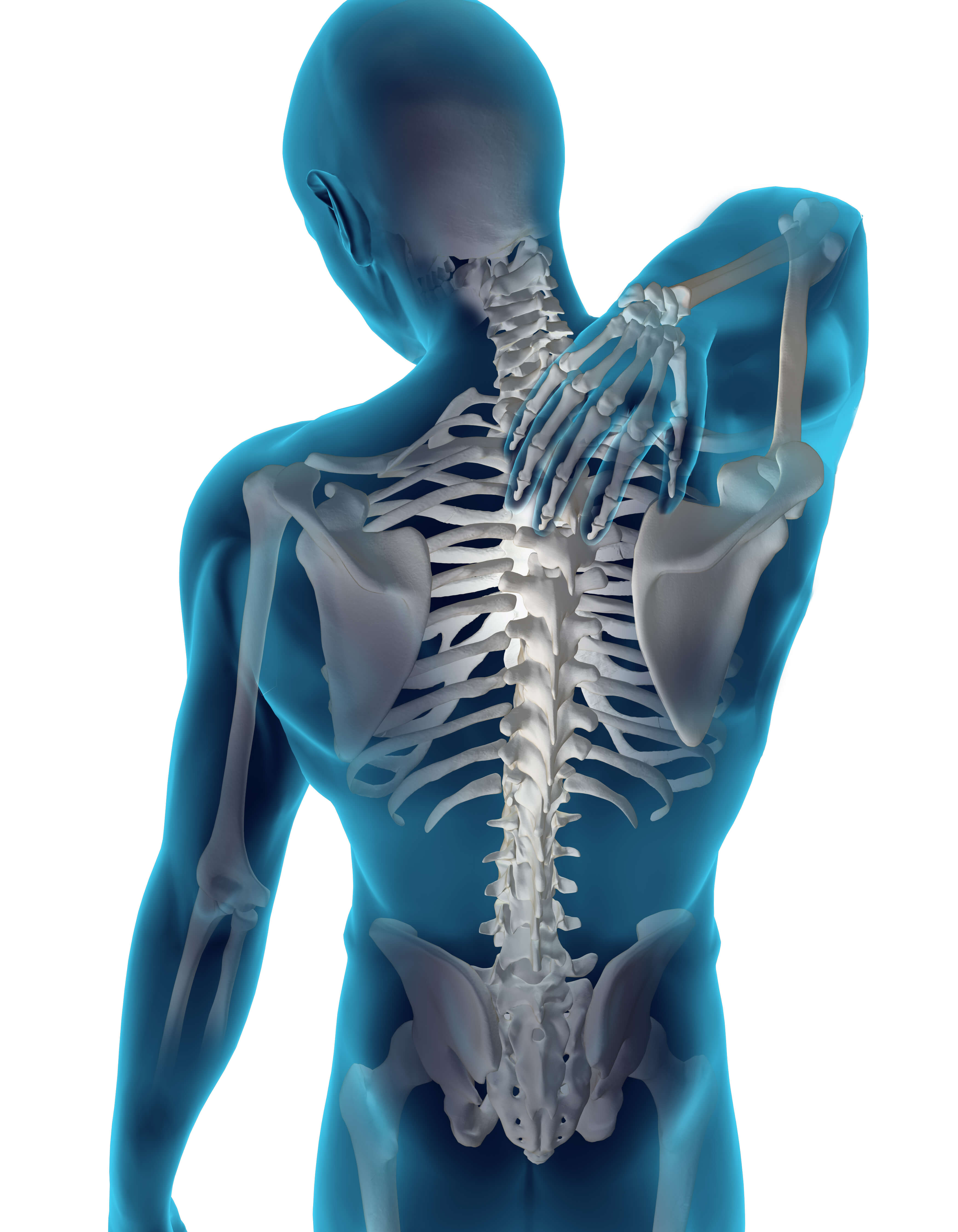How Balance Training Can Help You Run Faster!
Have you ever wondered why you’re struggling to improve your time in a long-distance run?
Do you find your legs get tired and sore after a long run, no matter how much you train?
Do you find that no amount of stretching prevents your muscles from becoming sore and stiff after running?

Maybe you are not being specific enough in your training, maybe you are neglecting important areas in improving your times. After a long-distance run, There are a lot of reasons why your legs can be sore and tired.
I have worked with runners at various levels. I have treated marathon winners, regular marathon runners, competitive 10k runners, park run only runners, overweight and novice 5k runners to name a few. Similarly, I find the most common area of neglect was the area of stabilization of the ankles, and in turn the knees.
Long distance runners often place a huge emphasis on stretching. The areas which get the most attention when it comes to stretching are the calves, hamstrings, glutes and quads. You will often see runners “rolling out” their ankles before a run to make sure they are loosened up completely. Research has shown that this is not exactly best practice and that overstretching can often leave you more prone to picking up an injury.

It makes perfect sense. Take the loosening of the ankles for example. Why would you want loose ankles? In my experience of playing sport, We always roll out the ankles before a match while stretching. I always hated it. I felt if they were looser they are more likely to twist. Instead I worked on stabilizing my ankles, which has significantly reduced the amount of ankle sprains I suffer from.
But this was field sports, how does this benefit runners? Runners are less prone to ankle sprains because there is no sharp twisting and turning.
There is a very interesting article on this topic called ‘The impact of stretching on the performance and injury risk of long-distance runners’. They examined long-distance runners ranging from recreational runners to elite athletes and looked at the flexibility or lack thereof. The findings of the research were that the more elite the athlete, the less flexibility they had in the ankles and knees.

So how does this lack of flexibility allow them to run better?
When you are running, all the muscles on your legs are working together to allow you to run more efficiently. For your ankle, the muscles on the front and back pull your foot up and down. The ones on the side and deep within the ankle stabilize the ankle, preventing injuries. When the stabilizing muscles get tired, which they will because they are so small, the bigger muscle groups begin to compensate, so they are now working harder towards the end of the run.
Furthermore, If you have less flexibility and movement around your ankle, the stabilizing muscles don’t have to work as hard, meaning they don’t get tired. This in turn allows the larger, stronger muscles to focus on their own job and getting you over the finish line quicker and not as sore in the legs.
How do you stabilize your ankles?


This is easy, balance work, Especially on an unstable surface. One of my favourite pieces of equipment is a stability cushion. They can be used anywhere and cost only €20 . Work on improving your balance on this over and over. You will develop the strength and stability in the ankle which in turn will start to show you improvements in your run times.




